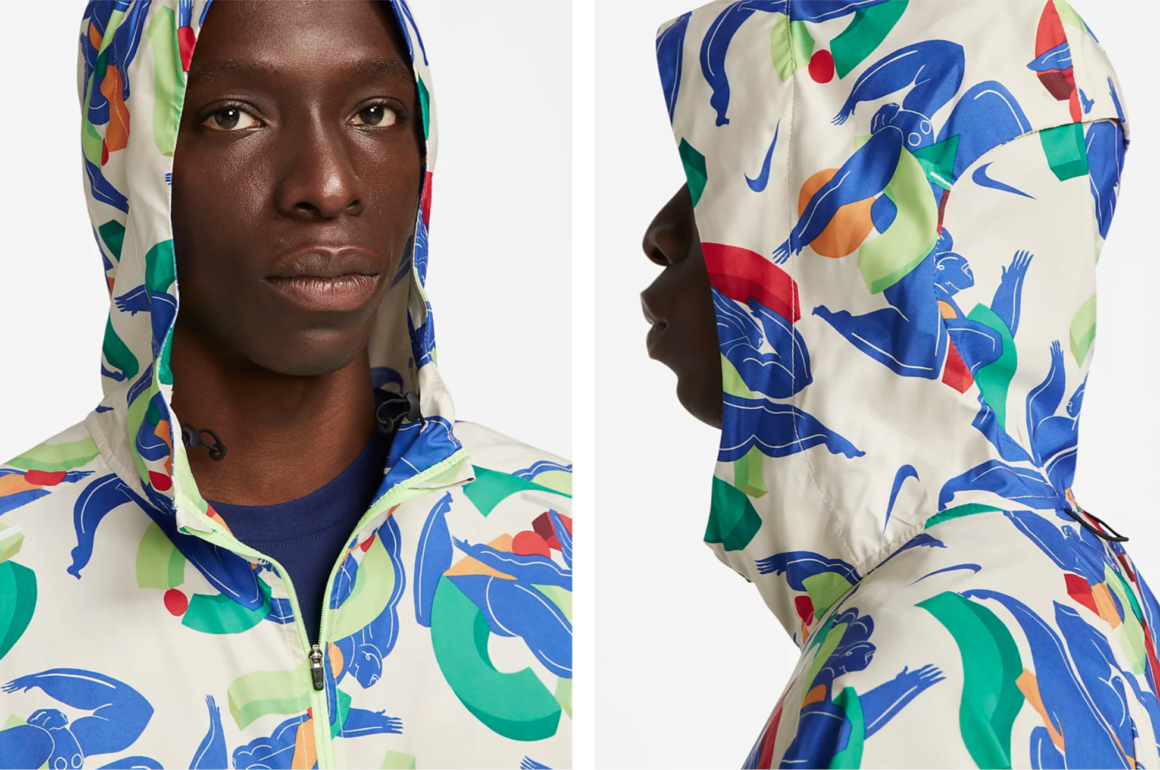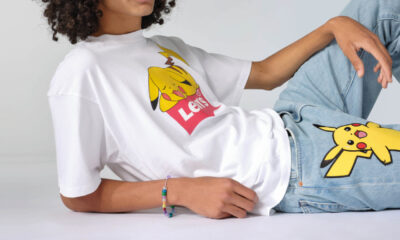CULTURE
5 WAYS ISSEY MIYAKE TRANSFORMED THE FASHION INDUSTRY

Few designers’ names have been as synonymous with fashion innovation as Issey Miyake, the Japanese artist known for his crisp pleating, avant-garde cutting, and trademark perfumes. The iconic fashion designer sadly passed away after a successful 52-year long career after helping many people redefine themselves through clothing. Today, we honour his contributions and reflect on 5 of Miyake’s most well-known and inventive designs.
Miyake famously said that “design is not for philosophy—it’s for life”, dedicated to work with high utility, accessible, eccentric and full of joy. Let’s look at 5 of his notable popular works below.
- Pleats Please

Throughout his career, Miyake radically reimagined the potential of fabrics. Working with his textile director Makiko Minagawa and Japanese textile mills, he began to produce the famous Pleats collections, which use thermally processed polyester materials that are not pleated before sewing but are manufactured considerably larger and then pleated in machines.
Miyake incorporated aspects of the colour palette and the weird sculptural shells around people in these paintings, an excellent example of how his influences were always abstract and suggestive. Pleats Please, his highly commercial collection, was released in 1993.
2. Steve Jobs

Miyake’s art was the inspiration for Jobs to design his outfit. While early plans for an Apple uniform were scrapped, Jobs remained enamoured with the concept of having one made for himself. He famously wore Levi’s 501 jeans, New Balance sneakers, and custom Issey Miyake black turtleneck sweaters, which he purchased in bulk for $175 apiece, eventually building a collection of more than 100.
3. The Bao Bao, 2000

In a world of designer bags that double as status symbols, Miyake’s Bao Bao bag is connected with intelligence, artistry, and creativity, giving its bearer the impression that they can channel all of these qualities. The bag first appeared in 2000 and was renamed the Bao Bao in 2010 as part of a rebranding attempt. It now comes in a variety of variants, ranging from totes to fanny packs. Whatever the style, the Bao Bao is designed to invoke geometric wonder with its mesh fabric and interlocking polyvinyl triangles, change shapes as the owner fills it with personal belongings.
4. 1992 Olympics – Uniforms

After Lithuania won independence following the fall of the Soviet Union in 1992, Miyake was commissioned to create a design for the country’s inaugural participation in the Olympic Games. The team’s costumes were a hooded jacket, t-shirts, and silver trousers made of lightweight polyester pleated in Miyake’s distinctive style.
5. Flying Saucer Dress, 1994

The Flying Saucer Dress debuted in Miyake’s Spring Summer 1994 presentation, and was made of concertina-pleated discs in vividly coloured polyester. Miyake devised a paper-lantern silhouette with his trademark pleated-polyester manufacturing process, which allows the garment to be compressed, flattened, and expanded. When worn, this causes the garment to stretch and bounce. In 2016, the dress was on display at the Metropolitan Museum of Art’s Manus x Machina show, which explored the impact of technology on fashion.
After debuting in New York in 1971, followed by Paris in 1973, we see the many years of how Miyake combined technology and tradition, experimenting with Japanese aesthetics and the uncut, untailored clothing. He commissioned high-tech textiles that inspired a global fashion.
Cover Image Courtesy of AP Photo/Lionel Cironneau.
CULTURE
NIKE’S NEW RECYCLED COLLECTION

“Move to Zero” is Nike’s new trainer range consisting of their most sustainable shoes to date. Produced by eco-friendly materials, such as recycled cork from the wine industry or bark that’s produced in a way that isn’t harmful to the tree, each pair are 20% recycled materials.
The soles of the trainers are an outcome of the Plant Cork Pack, a process that infused the cork into the rubber sole. This product release marks Nike’s air to become ‘zero carbon and zero waste’.
The collection includes both new and updated trainer designs; you can purchase the beloved Air Force 1 or Blazer Mild and Air Max alongside a new silhouette, Nike Crate Impact. Their Air VaporMax 2021 is one of their ‘most sustainable shoes to date’ as it’s produced by over 50% recycled resources.

The capsule is inspired by ‘the natural world’ but it isn’t just the sole’s that are eco-friendly, ‘Each shoe is dedicated to a plant we love and brought to life through embroidered botanical designs, scientific infographics and dye sourced from the plant itself.’ Dohnn Ball, on the Plant Cork Pack team, revealed further the inspiration behind the trainer designs, saying, ‘On each shoe we are highlighting a plant, and whatever colour that plant is processed into is the accent colour on that shoe”.

[Image Source: Nike]
CULTURE
JACK DANIELS X THE SHOE SURGEON: FINELY CRAFTED

Sneakerheads rejoice: now you can explore The Shoe Surgeon’s studio in interactive 3D, for a taste of where that custom sneaker magic happens. Finely Crafted shares the secrets of the latest Jack Daniels/Shoe Surgeon collab—and gives fans a chance to trip to Los Angeles to tour the studio for real.
Created by MediaMonks, a global creative production company that crafts amazing work for leading businesses and brands. Explore the space for yourself here.
CULTURE
BLUP50 KELLY ANNA LONDON X NIKE TO CREATE ‘RUN PAST THE FUTURE’

This artist in residence continues to blow out minds
After her trip to Nike’s head office in Portland in the US, to design her own running collection in collaboration with the team at Nike. ‘Run Past The Future’ is a menswear collection that has already been worn by the likes of singer Justin Timberlake and athlete Craig Engels.




-
FASHION3 months ago
NEW AIR JORDAN 36 DRIPPING WITH GOLD
-

 FASHION3 months ago
FASHION3 months agoFIRST LOOK AT POKÉMON X LEVI’S NEW COLLECTION
-
CULTURE3 months ago
GUCCI X BALENCIAGA’S HACKER PROJECT HAS DROPPED
-
ENTERTAINMENT3 months ago
NETFLIX IS PLANNING A LA CASA DE PAPEL (MONEY HIGHEST) SPINOFF BASED ON BERLIN’S CHARACTER
-
CULTURE3 months ago
A$AP ROCKY LOOKS BACK AT HIS BEST AND WORST FASHION MOMENTS
-
FASHION3 months ago
YEEZY SEASON 9 REVEALED – WITH A STATEMENT FROM YE
-

 FASHION3 months ago
FASHION3 months agoSUPREME RELEASES AN AIRSTREAM FOR ITS SS2022 COLLECTION
-
FASHION3 months ago
IVY PARK RODEO: FOURTH COLLECTION WITH BEYONCÉ
